Blog design plays a crucial role in shaping the overall success and impact of a blog.
It goes beyond aesthetics and encompasses various elements such as branding, readability, functionality, and user experience.
A well-designed blog not only captivates visitors but also enhances their browsing experience, encourages engagement, and drives conversions.
In this article, we will explore the importance of blog design, delve into best practices, and provide valuable insights to help you create a visually appealing and user-friendly blog that stands out in the crowded online landscape.
Here is what you will read in this article:
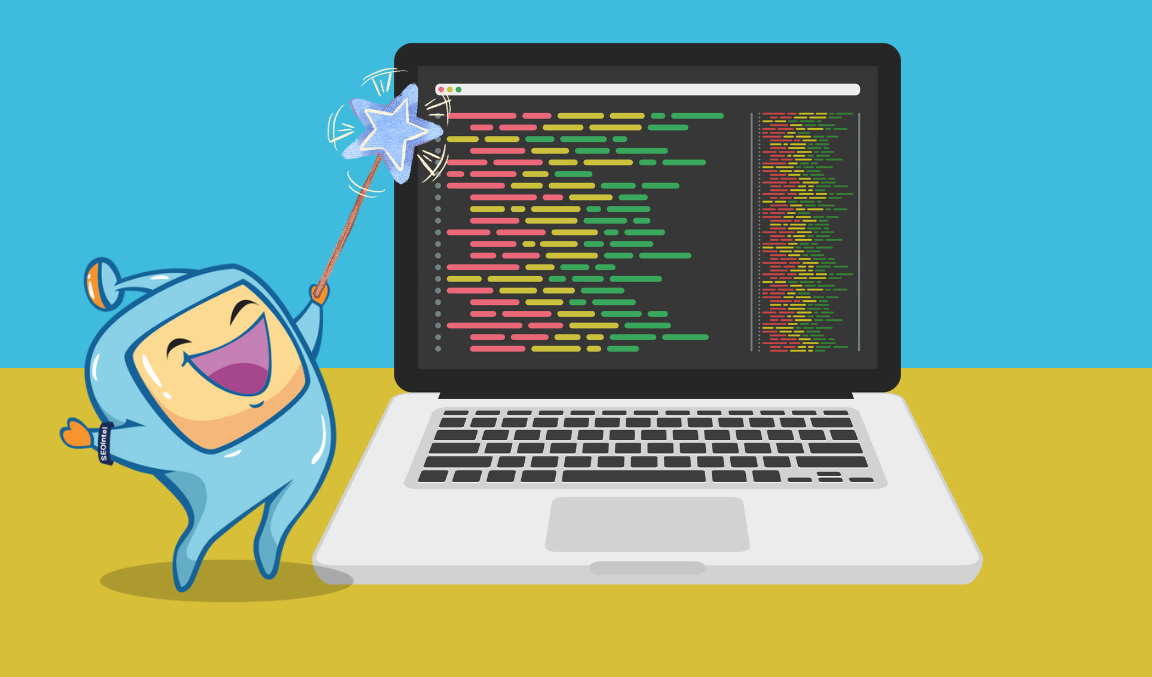
Blog Design encompasses the practice of optimizing a blog's visual appearance, branding, readability, and functionality to maximize visitor engagement, readership, and conversions.
It involves careful consideration of various elements that contribute to the overall user experience of a blog.
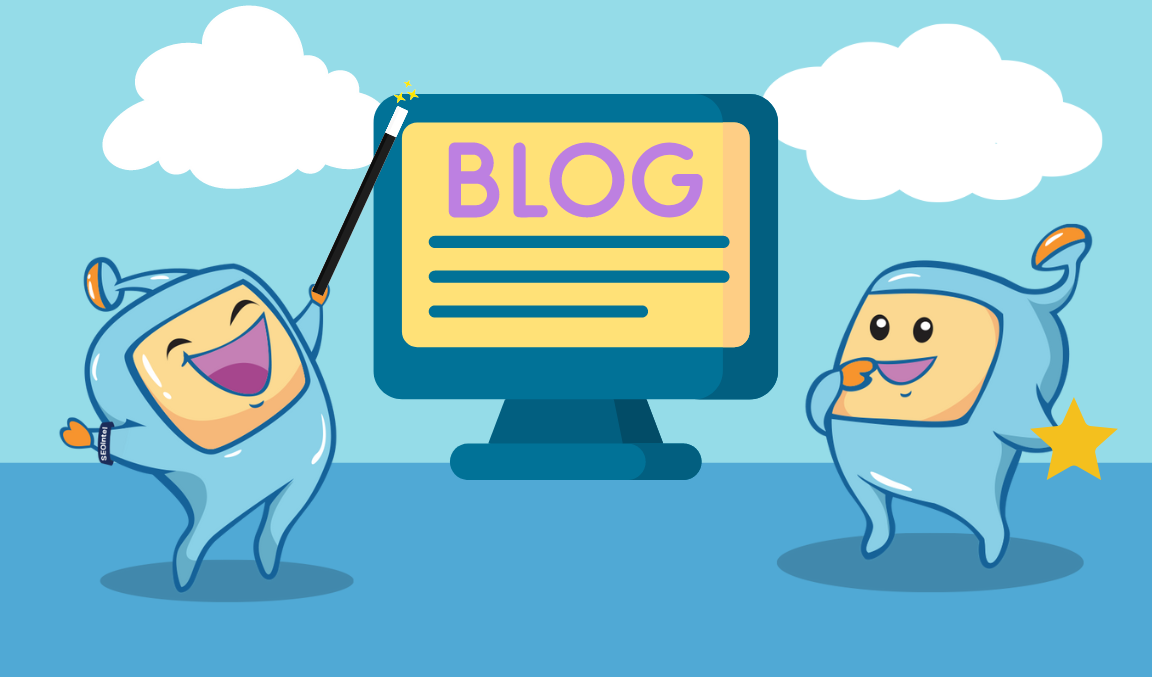
Blog Design plays a crucial role in capturing and retaining the attention of readers.
With millions of blog posts published each month, it is essential to create a visually appealing and user-friendly design that stands out from the competition.
A well-designed blog enhances trustworthiness, credibility, and professionalism, ultimately leading to increased traffic, longer on-page engagement, and higher conversion rates.
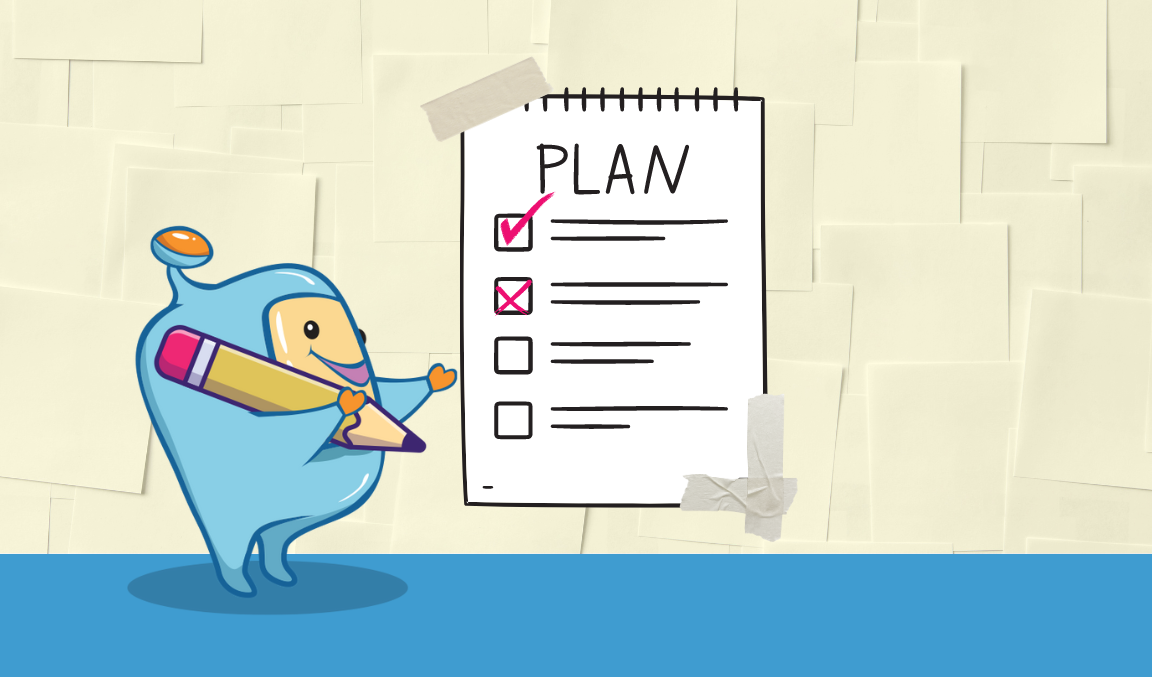
When it comes to creating successful blog posts, following best practices can significantly enhance the effectiveness and impact of your content.
By implementing the following proven strategies and techniques, you can optimize your blog posts for maximum readability, engagement, and value for your readers:
One of the fundamental aspects of blog design is to prioritize high readability.
The typography and formatting of the content significantly impact the ease with which readers can consume the information.
Using a legible font size, typically between 15px and 18px, enhances readability.
Additionally, incorporating ample white space around the text and utilizing clear section headings and subheadings helps break down the content into easily digestible chunks.
Achieving consistency in blog design is crucial for establishing brand identity and recognition.
Using consistent colors, typography, and visual elements throughout the blog creates a cohesive and memorable experience for visitors.
By maintaining a unified design language, readers can easily associate the blog with its unique brand, increasing brand recall and credibility.
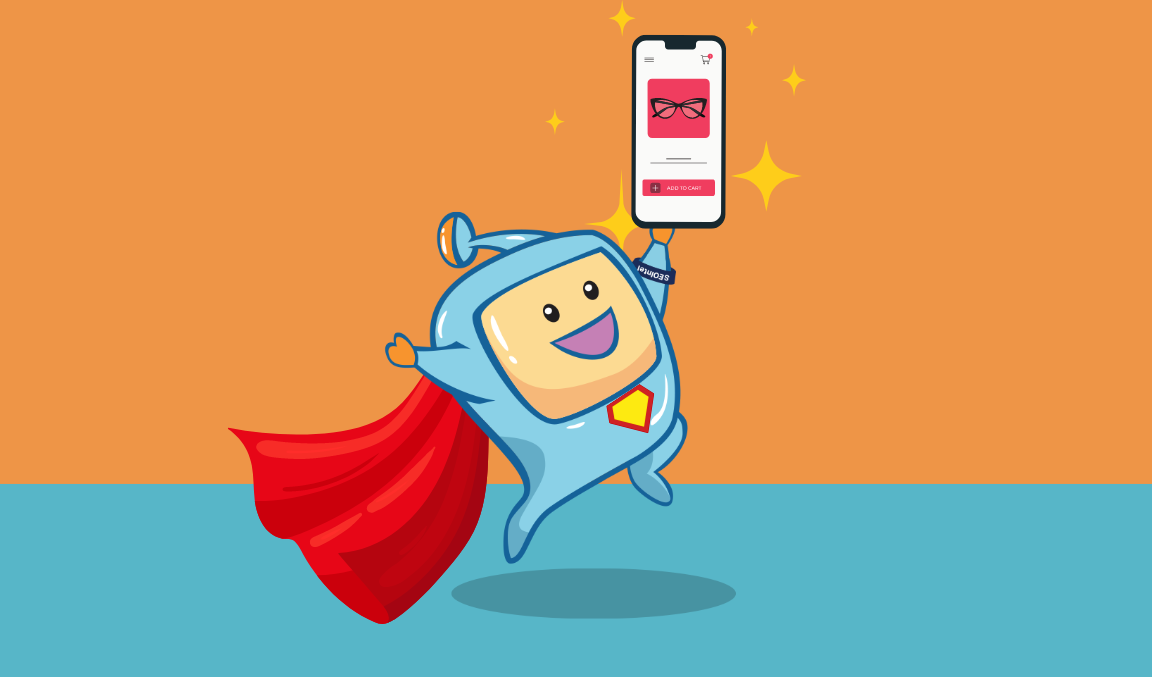
While consistency is important, it is equally essential to incorporate elements that make the blog stand out from others in the same niche.
By adding unique design elements or tweaking existing ones, such as blog feed layout, banner images, WordPress themes, font choices, illustrations, or navigation styles, bloggers can create a visually distinctive and memorable presence.
Standing out from the crowd helps attract attention, encourages engagement, and sets the blog apart as a unique voice within the industry.
Showcasing the blog's best content is vital for guiding visitors to the most valuable and relevant information.
Instead of relying solely on a chronological blog feed, consider creating a curated library-style homepage that highlights top-performing or evergreen content.
This approach makes it easier for new visitors to discover and engage with your most valuable posts, ensuring they don't get lost in the archives.
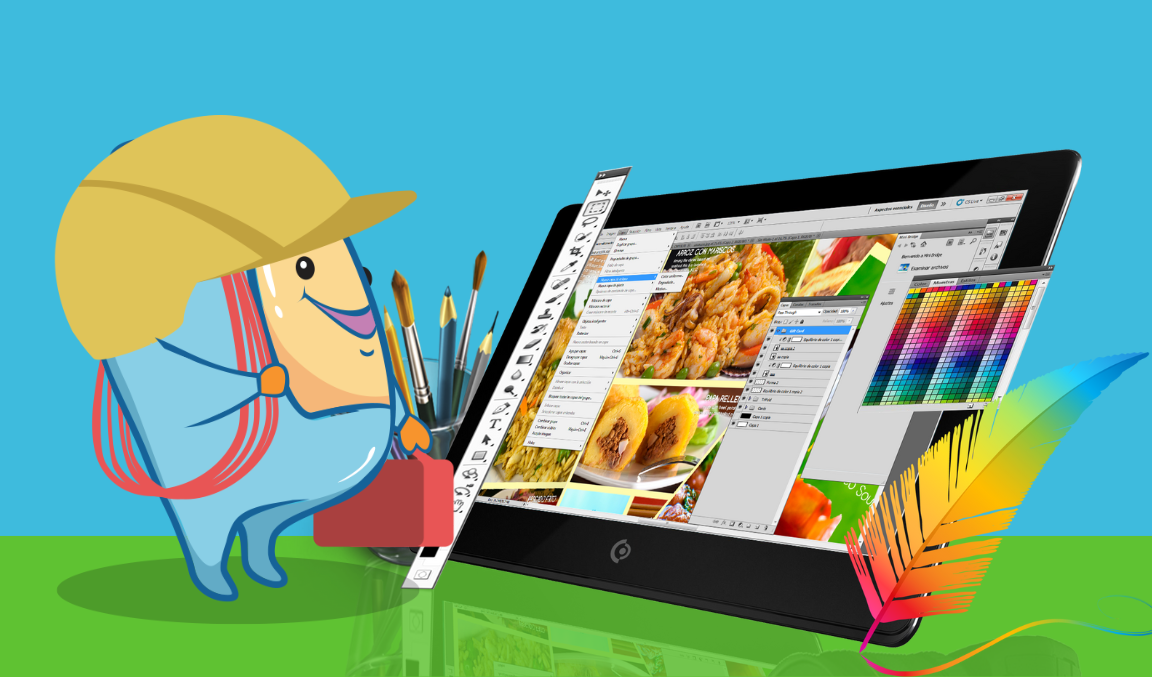
Integrating visuals and images throughout blog posts can significantly enhance the overall design and user experience.
Strategic use of screenshots, illustrations, infographics, and other relevant visuals not only adds visual interest but also aids in breaking up lengthy text, improving readability, and reinforcing key concepts.
Well-placed and visually appealing images can make the content more engaging and memorable for readers.
For substantial pieces of content, such as comprehensive guides, case studies, or industry reports, consider creating custom page designs.
These custom pages help signify the importance and value of such content to readers.
Custom headers, unique layouts, custom images, and specialized design elements can elevate the visual impact and user experience, making the content feel more substantial and authoritative.
Rather than relying solely on a traditional blog feed as the homepage, consider creating a dedicated blog homepage designed to build your email list and encourage conversions.
This optimized homepage can feature compelling calls-to-action, enticing lead magnets, and persuasive copy that encourages visitors to subscribe to your email newsletter.
By separating the blog feed onto a separate /blog URL, you can focus the homepage on capturing leads and driving conversions, while still providing easy access to the latest blog content.

Facilitate social media sharing of your blog content by incorporating social sharing buttons into your design.
These buttons allow readers to easily share your posts with their social networks, increasing the reach and visibility of your content.
Whether using floating buttons that follow the reader down the page or static buttons at the top or bottom of the post, make sure to include buttons for the social media platforms most relevant to your audience.
Avoid overwhelming readers with an excessive number of buttons and focus on the platforms where your target audience is most active.
In conclusion, blog design is a crucial factor in the success and impact of your blog.
It goes beyond aesthetics and encompasses elements such as readability, consistency, uniqueness, and user experience.
By prioritizing high readability, maintaining a consistent design, and incorporating distinctive elements, you can create a visually appealing and user-friendly platform that stands out.
Showcasing your best content, utilizing visuals effectively, and creating custom pages for substantial pieces of content enhance the overall design and user experience.
Consider optimizing a dedicated blog homepage for lead generation and incorporating social sharing buttons to expand the reach of your content.
Implementing best practices in blog design helps create a captivating and memorable experience for your readers, establish credibility, and drive conversions.
Invest your time and effort into crafting a well-designed blog that reflects your brand, engages your audience, and encourages their return.